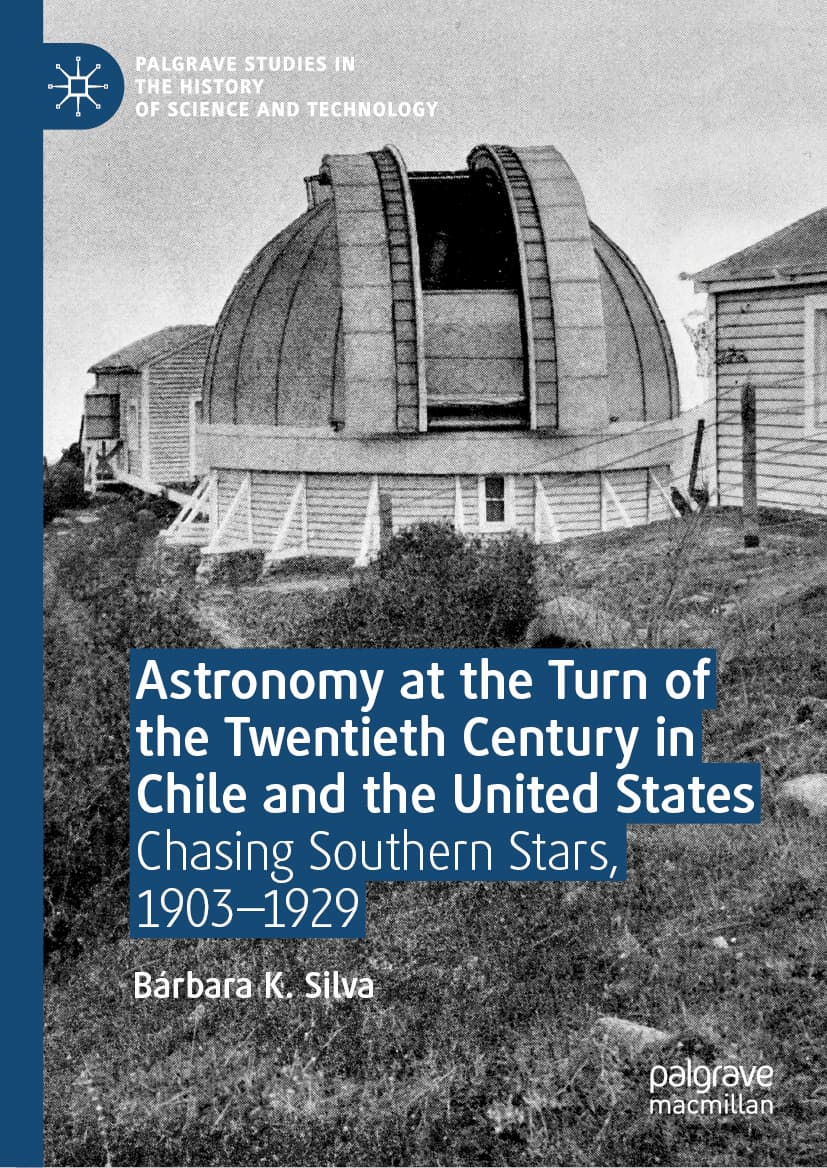Astronomy at the Turn of the Twentieth Century in Chile and the United States – Chasing Southern Stars, 1903–1929
Bárbara Silva, historian and author of the book “Astronomy at the Turn of the 20th Century in Chile and the U.S. Chasing Southern Stars, 1903-1929”, tells the story of a group of astronomers from California who arrived to Chile at the beginning of the 20th century, to study the stars that were not visible from the Lick Observatory in Mount Hamilton, CA. They settled in the emblematic San Cristóbal hill – then just a stone quarry – to build a new observatory (today Manuel Foster), a twin of the one they left in California, getting a complete vision of the universe. This scientific adventure shows us the strong link that exists between Chile and California, and that covers different dimensions, from astronomy and science to international relations, through which we can learn about social, cultural and urban aspects, among others.
This is the story of the Mills Expedition from the Lick Observatory,California, to Chile, at the beginning of the twentieth century. This expedition built an observatory in Santiago, which is still standing. American astronomers were supposed to stay three years in the southern country, but stayed for twenty-six, time in which they closely related to Chilean society, while trying to unveil some mysteries of the galaxy.
This book is the product of a research process promoted by the Astrophysics Institute of the Catholic University of Chile, which is currently in charge of the Manuel Foster Observatory—formerly known as the Mills Observatory or the Southern Station of the Lick Observatory.
Their need to know more about the history of this astronomical place— now an offcially designated heritage site—led to this interdisciplinary project.
